How biomass could help Switzerland reach its energy goals
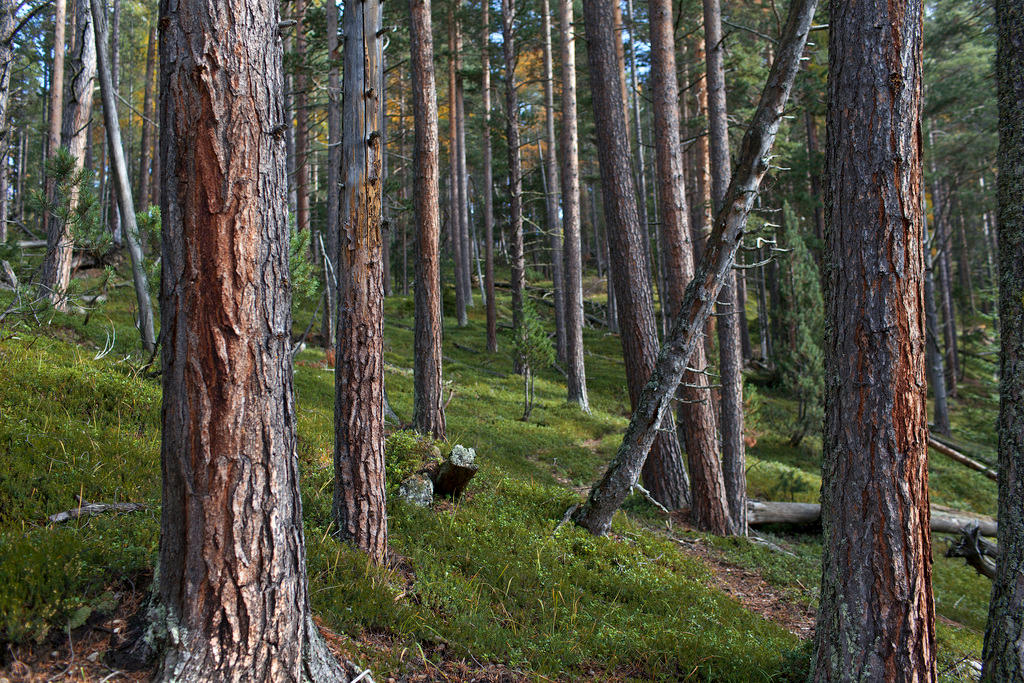
There is vast energy potential locked up in biomass – like wood, farm manure and food waste – all over Switzerland. But accessing it will take more than just technological innovation.
Currently, biomassExternal link is Switzerland’s second-most-important source of domestic renewable energy (the first being hydropower). Biomass – meaning plant or other organic matter – can be used for energy in a variety of ways: for example, wood can be burned to produce heat, plant residues can be chemically processed to produce liquid biofuels, and even farm manure can be digested by bacteria to release biogas, which in turn can be used to generate electricity.
Now, researchers at the Swiss Federal Institute for Forest, Snow and Landscape Research (WSL) say that the amount of sustainable energy obtained from biomass could be twice what it is today.
Their argument is based on the first comprehensive calculationExternal link of potential energy from all types of Swiss biomass – whether it’s wood from the forest, manure from farms, or scraps from the table. The WSL team estimates that in theory, all that biomass could be used to produce 209 petajoules (PJ) of energy each year – roughly equivalent to the energy content of 4.8 million tons of crude oil, or 19% of Switzerland’s total energy consumption.
Theory versus reality
But 209 PJ is just the theoretical amount of energy; in reality, only about half of that can be obtained from biomass in a cost-effective and environmentally friendly way. And since Switzerland already uses about 53 PJs’ worth of biomass each year for energy, that leaves an additional 44 PJ a year of unexploited, sustainable potential energy from biomass.
“The 209 PJ is the theoretical potential – but what’s important for Switzerland’s energy transition is the sustainable potential,” explains WSL researcher and study leader Oliver TheesExternal link, referring to Switzerland’s future energy plan known as Energy Strategy 2050External link.
The WSL study, published in August as a project of the Swiss Competence Centre for Bioenergy Research (SCCER BIOSWEETExternal link), came just a few months after Swiss voters decided to move forward with the national energy plan. One of its goals is to get more energy from renewable sources, including biomass. The SCCER has set a goal of 100 PJ per yearExternal link.
The WSL researchers found that the majority of the additional 44 PJ of sustainable biomass energy they identified is contained in farm manure, with a smaller proportion in forest wood. The remaining sources include crop residues, waste woodExternal link, industrial and household organic waste, and sewage sludge.
Tapping into all that unrealised energy potential could help Switzerland hit its 100-PJ goal. But Thees says that while more advanced energy conversion technologies will certainly help, science represents only half of the equation – especially when it comes to harvesting more wood from Swiss forests.
“For forest wood, we can get at this additional potential – located mainly in the Jura region and PrealpsExternal link – if we change current forest management methods,” he says. “That depends on the one hand on the forest managers themselves, but also on the market situation….and at the moment, the market situation is very bad.”
Markets and management
That’s because Swiss timber harvests have been declining, due in part to the effects of the strong franc. In 2016, it became so uneconomical for forest owners to harvest wood that the amount of timber hit its lowest level in a decadeExternal link.
“In such a market situation, it’s nearly impossible to harvest more wood – you have to have a buyer,” Thees explains.
In addition to economic pressure, over 70% of Swiss forests are publicly owned. Public forest owners like cities and municipalities, Thees explains, are usually less interested in harvesting than private owners, and more inclined to use the forests for recreation or as protected land. He thinks that in the context of climate change and a search for sustainable development solutions, owners of public forest lands should be “convinced of their responsibility” to use more wood for both materials and energy production.
Similar economic challenges face the use of Swiss farm manure to produce biomass energy. At the moment, collecting manure from multiple relatively small Swiss farms for sustained bioenergy production is difficult. Thees believes research and policy priorities should include development of technologies for producing energy from manure on a smaller scale, as well as better cooperation with farmers.
Biomass buffer
If Switzerland can find a way to exploit it, the additional 44 PJ of potential sustainable biomass energy would only correspond to about 9% of the nation’s annual total energy use. But there are considerable advantages to using biomass over other renewables. For one thing, it can be extracted and stored in a more controlled way than sun or wind energy, which are often dependent on natural processes like the weather or seasonal changes. Biomass is also an extremely versatile renewable energy source, and can be used to produce heat, electricity, gas, and both solid and liquid fuels.
The WSL researchers therefore proposeExternal link that biomass could act as a buffer to “compensate for the fluctuation of other renewable energies” and “help to avoid energy bottlenecks”.
The remaining hurdles, according to WSL Matthias Erni who co-authored the biomass study, are the efficiency of the technology used to convert biomass to energy, and the optimisation of the supply chain.
Still, he and his colleagues are optimistic that the SCCER’s target of covering 100 PJ of energy per year with biomass can be met by 2050.
“It’s a reachable goal,” Thees concludes.
- Nuclear ban: No construction of new nuclear power plants. The existing nuclear power plants may remain in operation for as long as they are considered safe.
- Energy savings: Various measures included to reduce the amount of electricity and energy consumed in Switzerland. These include, for example, tax relief for energy-efficient home renovations.
- Promotion of renewable energies: Provisions included to ensure more energy is obtained from renewable sources. For example, new plants are to be approved more quickly.
- Increase of the network surcharge: The grid surcharge that every household and most companies must pay is now increased from 1.5 cents per kilowatt hour to 2.3 cents. This is to finance the energy turnaround.
Oliver Thees is a member of the CHF18 million ($18 million) Swiss National Science Foundation National Research Programme (NRP) 66External link “Resource Wood”, which completed its five-year run the end of 2016 and recently published its final results and reportExternal link.
The goal of the programme, which was mandated by the Swiss government and employed some 30 researchers from institutions all over the country, was to find practical ways to make Swiss wood more widely used as a renewable resource for fuels and chemicals, as well as materials in many different industries, particularly building and constructionExternal link.
“To have a future, wood has to reinvent itself. It is viewed as a classy material, but we need to better exploit its innovation potential as a high-tech component,” said the project’s steering committee president, Martin Riediker.

In compliance with the JTI standards
More: SWI swissinfo.ch certified by the Journalism Trust Initiative









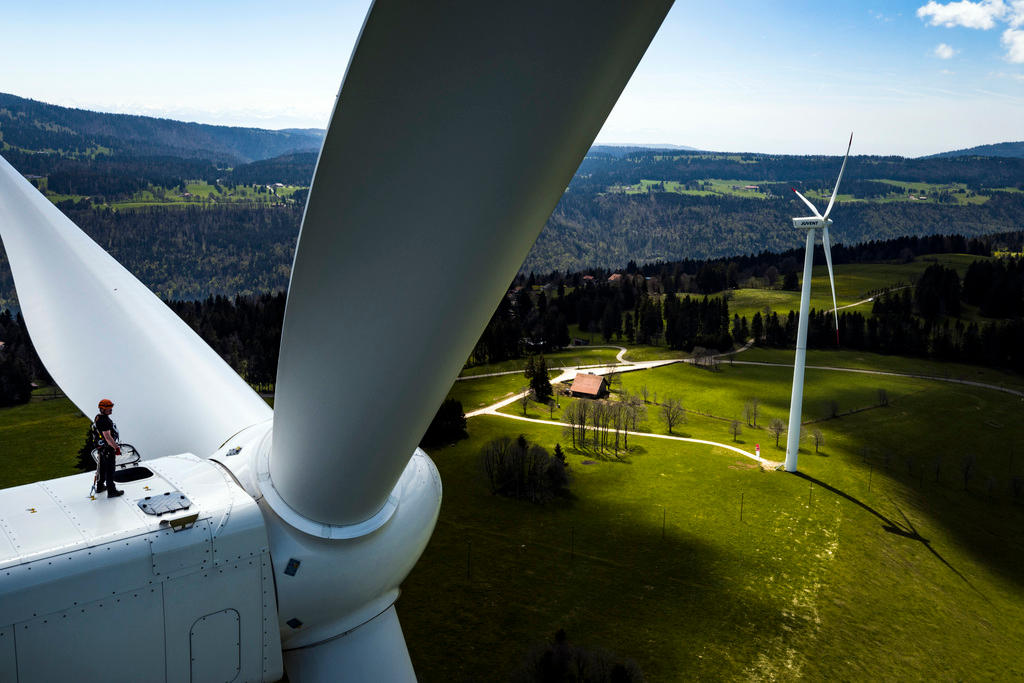
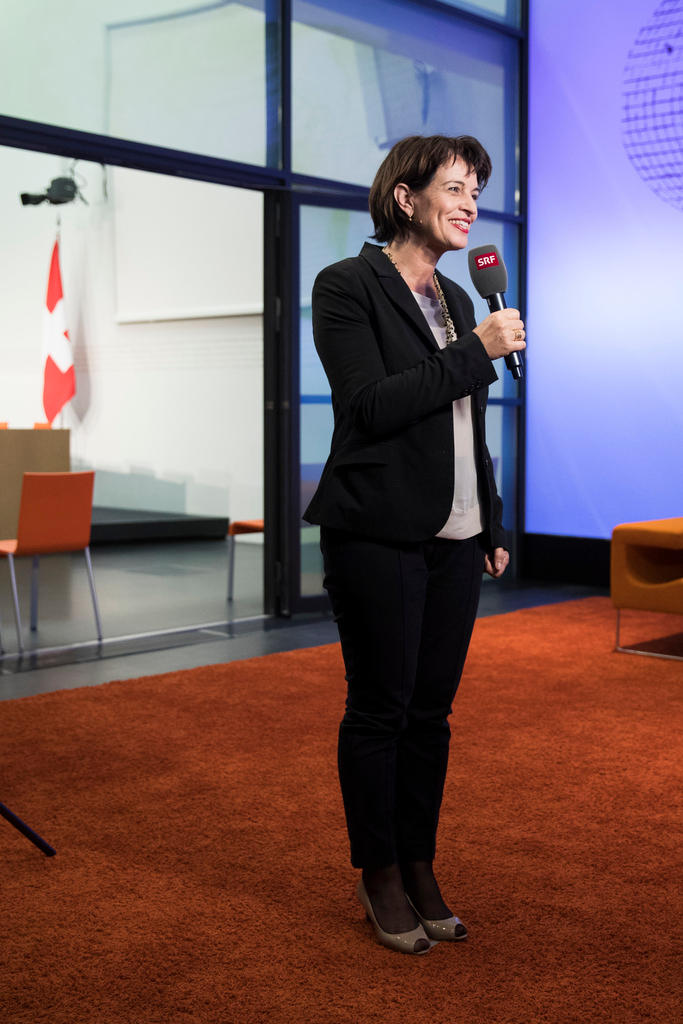
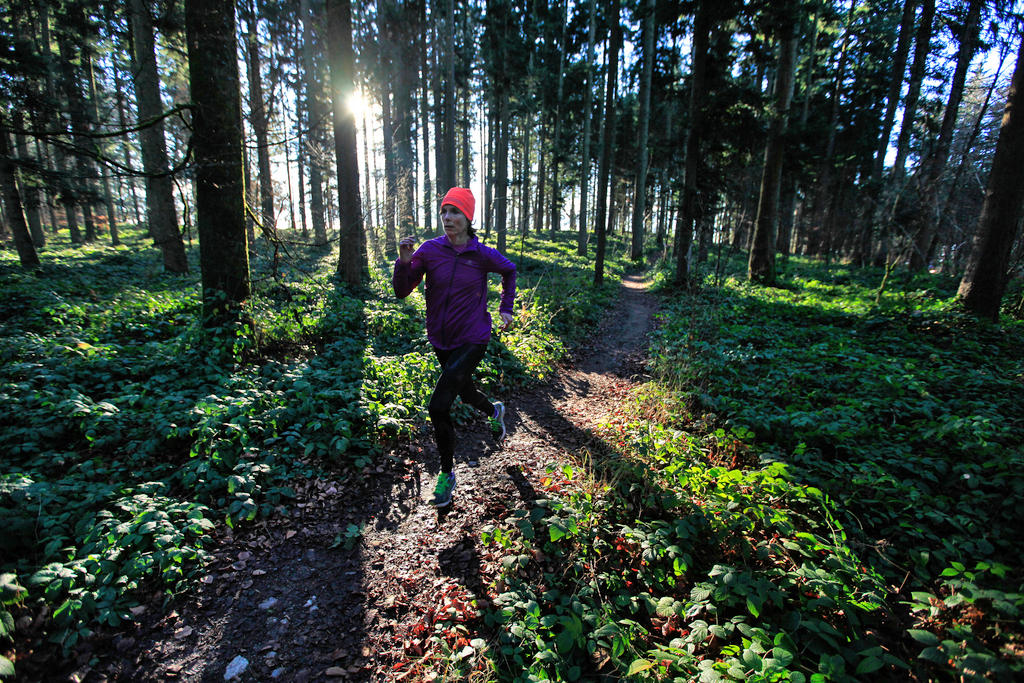
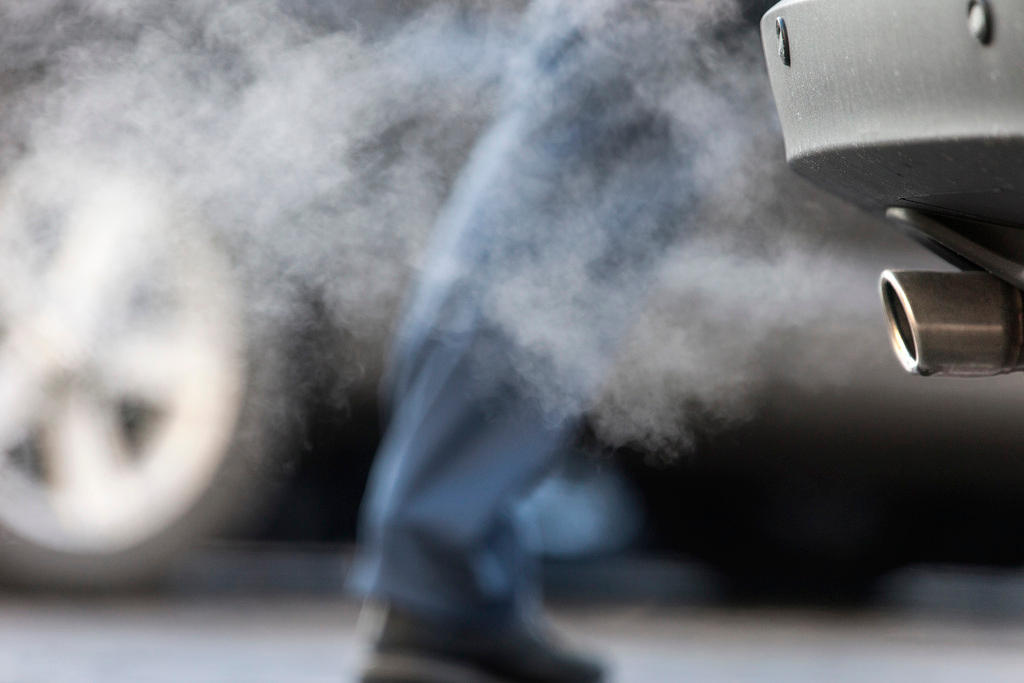

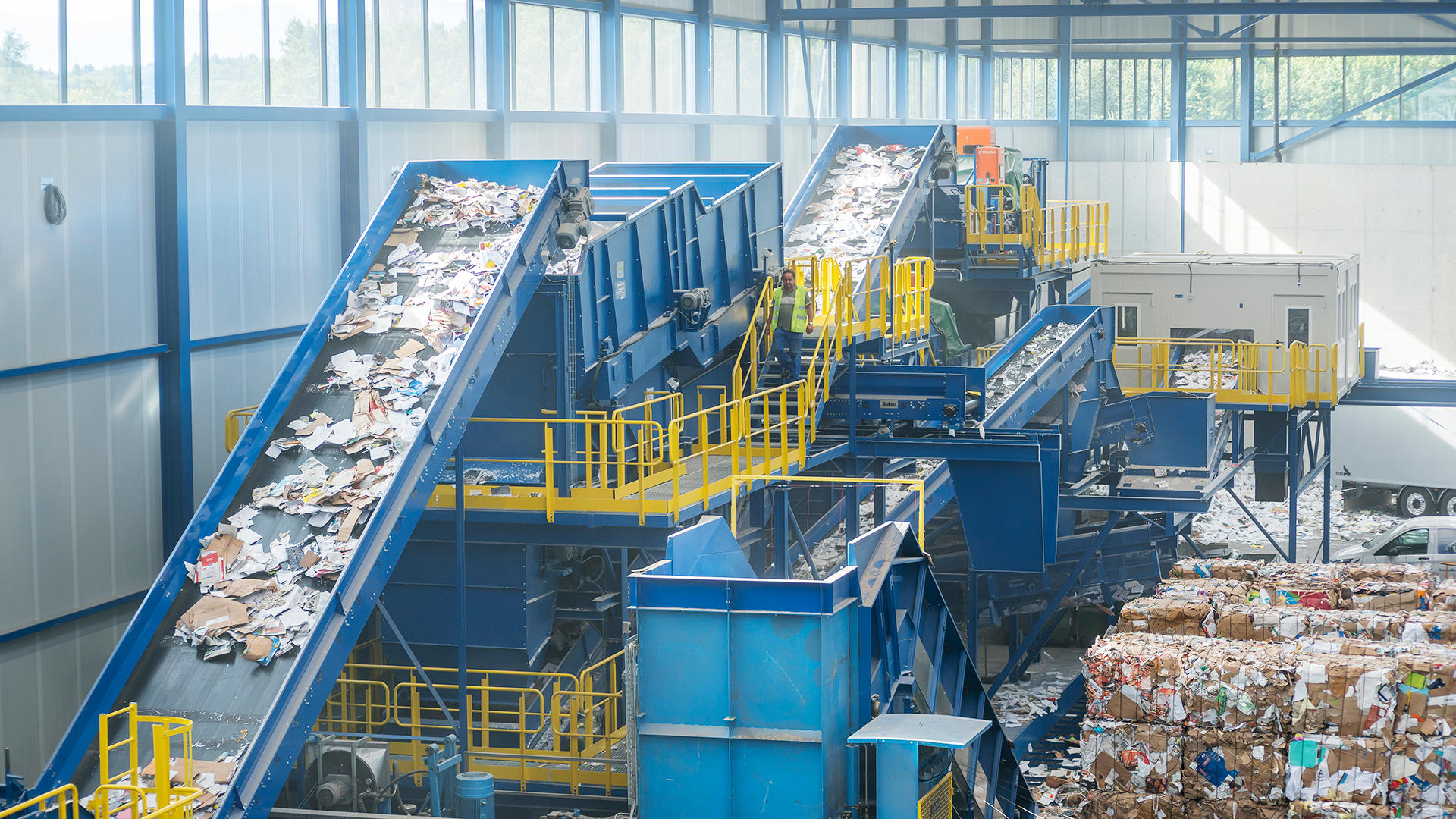
You can find an overview of ongoing debates with our journalists here . Please join us!
If you want to start a conversation about a topic raised in this article or want to report factual errors, email us at english@swissinfo.ch.